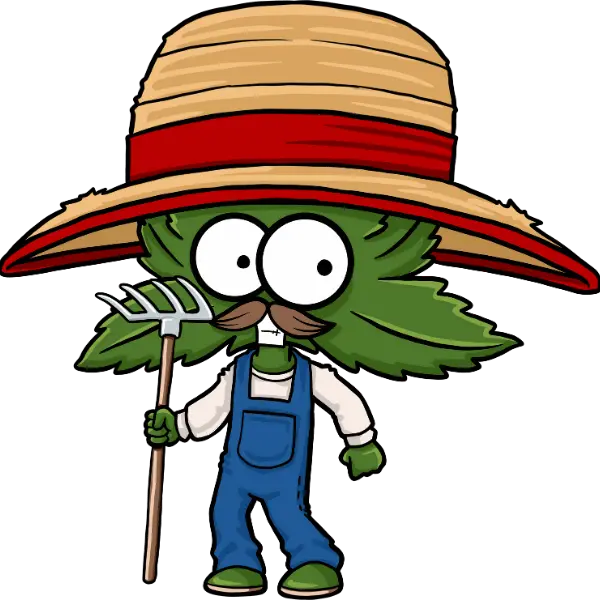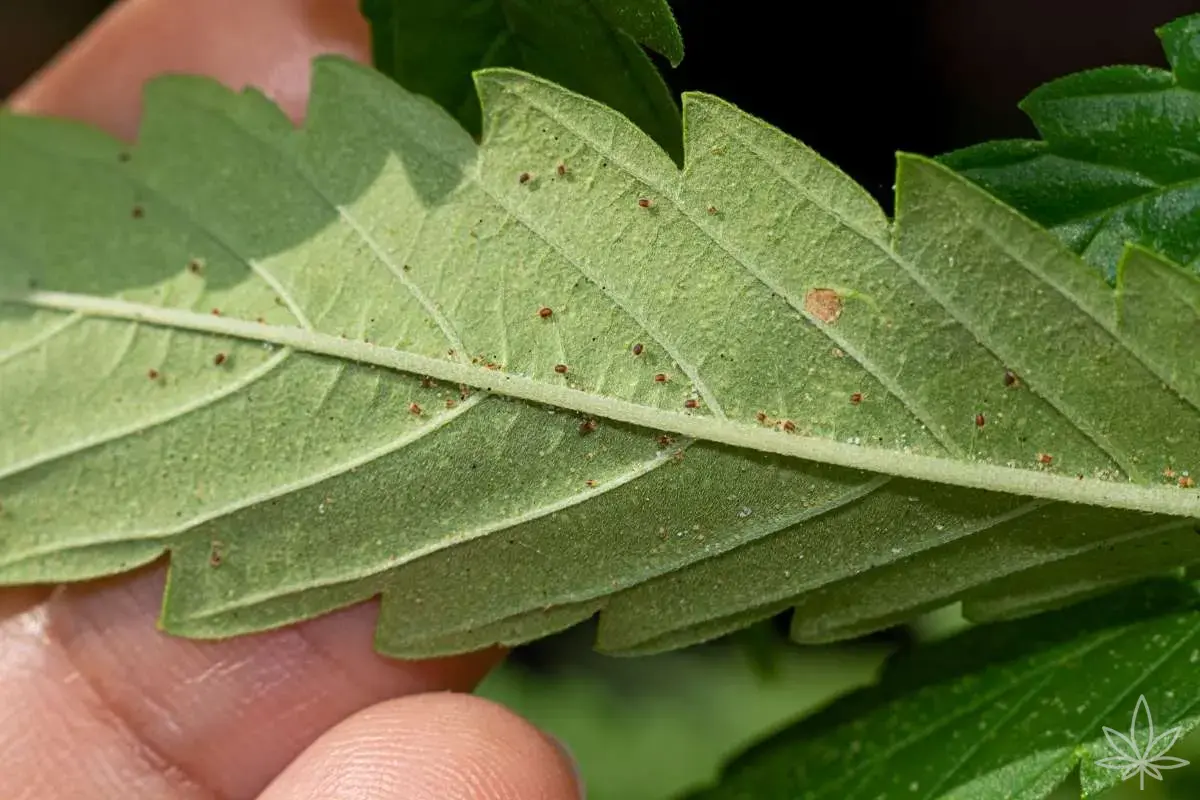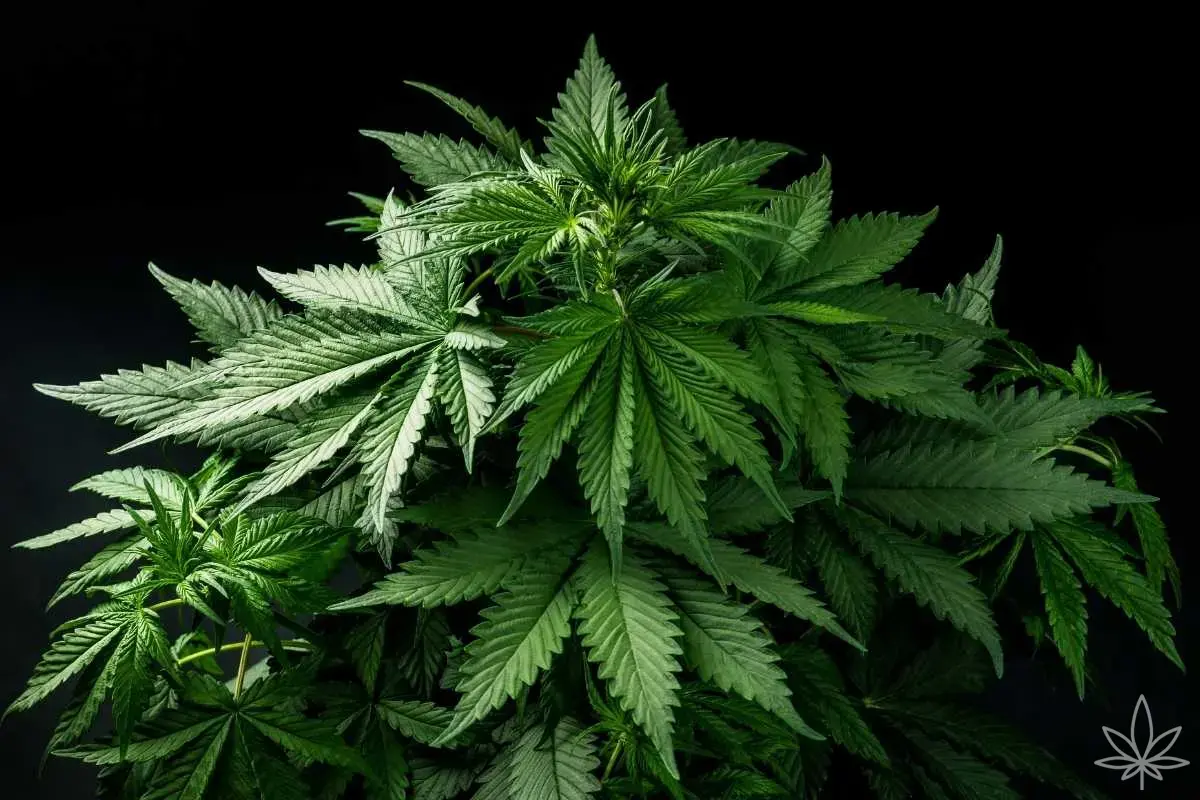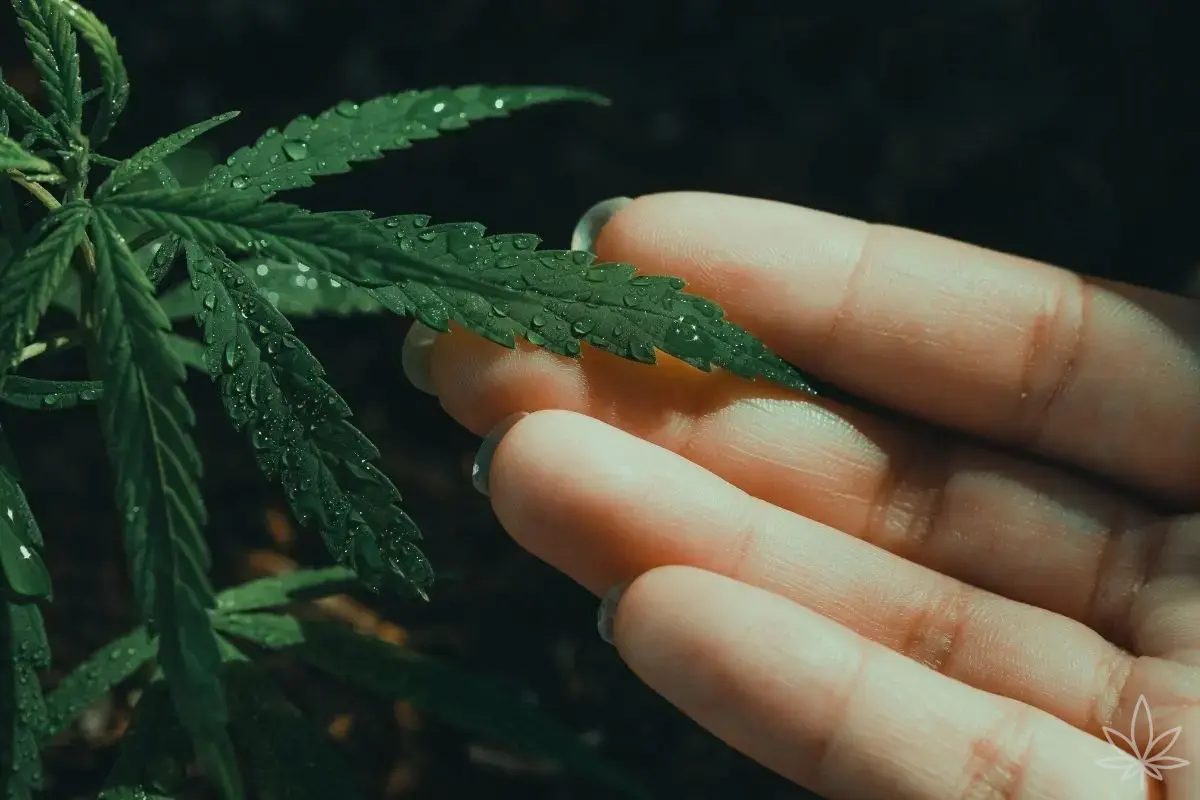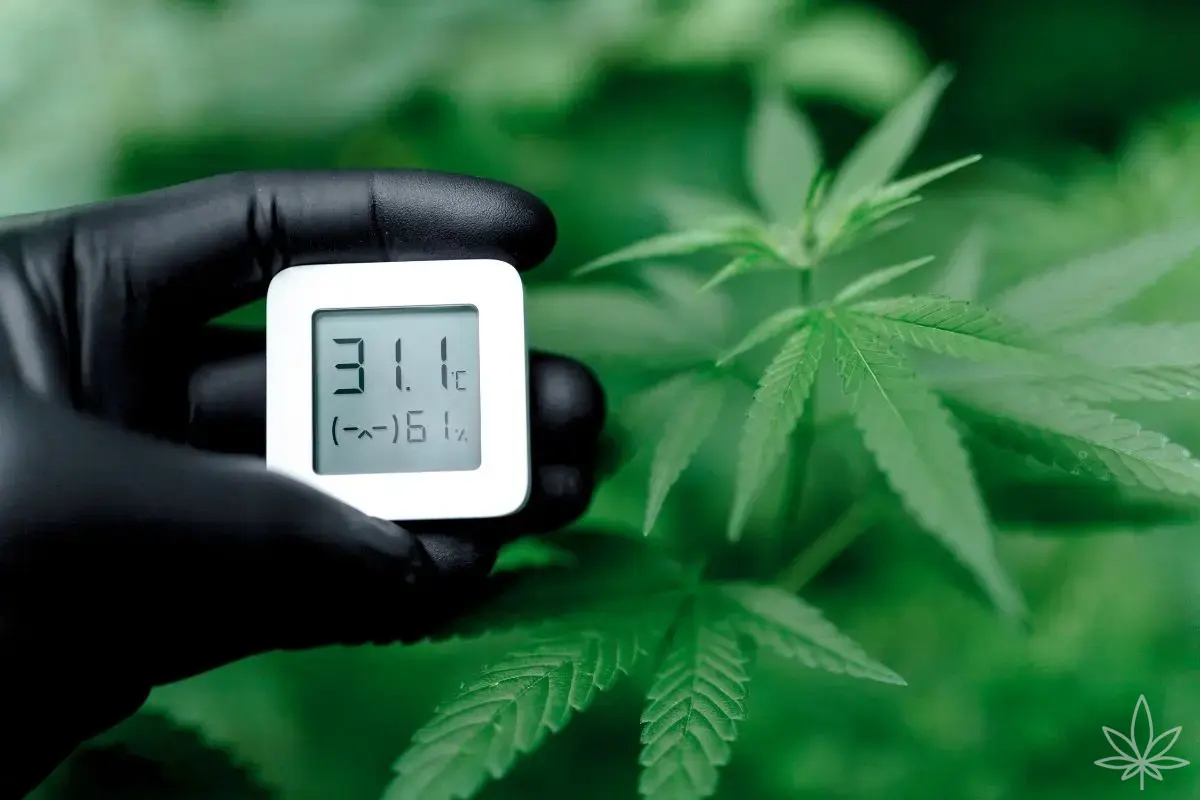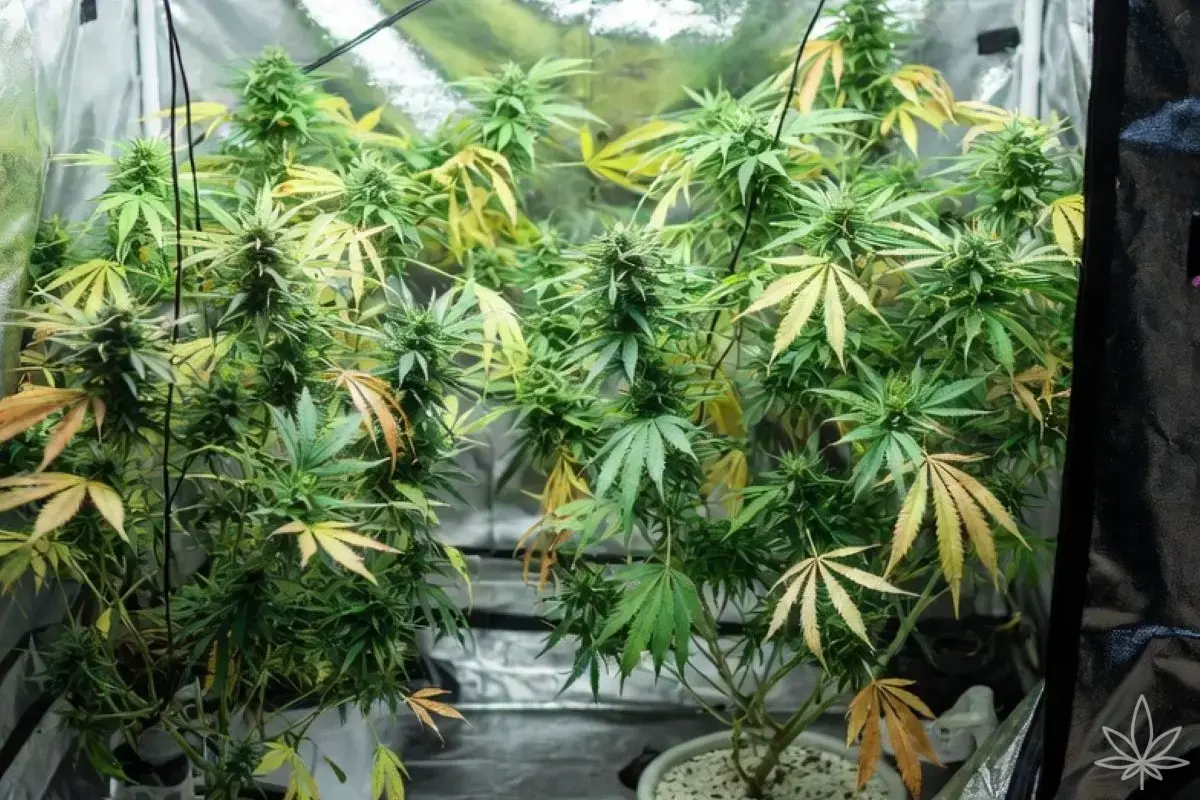Every grower knows that moment of horror: you look into your tent, and suddenly there are speckled leaves, fine webs, or white powder on your buds. Pests and fungal diseases can strike fast, and recognizing the problem is half the battle. The other half is quick action — but adjusted to the plant’s stage of life. What works in veg can ruin your flowers in bloom.
Below are four “classic” enemies — the ones every grower eventually meets. Plus quick check-lists: first signs, fast emergency actions, and hygiene rules that save your harvest.
1. Spider mites
These microscopic arachnids are the true nightmare of indoor grows.
First symptoms:
- Tiny pale dots on leaves (they suck out the sap).
- Webbing appears on the underside of the leaf.
- At advanced stages, whole leaves turn yellow and dry out.
Quick response:
- Veg: sprays based on neem oil, potassium soap, garlic or chili extracts. Repeat every 2–3 days.
- Flowering (early): biological sprays — e.g. Bacillus thuringiensis products or predatory mites (Phytoseiulus persimilis).
- Flowering (late): do NOT spray buds! Stick to mechanical removal of leaves, targeted underside spraying, and biological control.
2. Thrips
Small, silvery insects that move fast and leave very characteristic traces.
First symptoms:
- Silvery streaks and spots on leaves.
- Black dots (droppings) near the damage.
- Slowed growth and “striped” leaves.
Quick response:
- Veg: yellow sticky traps + sprays with neem, spinosad or pyrethrum extracts (plant-based pyrethrins).
- Flowering (early): stick to traps and biological agents (e.g. beneficial nematodes).
- Flowering (late): absolutely no spraying buds! Focus on population reduction with traps and removing the most damaged leaves.
3. Powdery mildew
A fungus that can destroy your buds in just a week.
First symptoms:
- White powdery coating on leaves (like dusted with flour).
- Appears first on lower leaves, then spreads upward.
- At advanced stages, attacks buds as well.
Quick response:
- Veg: spray with baking soda solution (1 tsp per liter) or milk (1:9 with water). Neem oil also helps.
- Flowering (early): light spraying with soda/milk solution, but carefully to avoid residue.
- Flowering (late): never spray buds! Stick to removing infected leaves and improving ventilation/lowering humidity.
4. Whiteflies
Less common indoors, but outdoors they can be a plague.
First symptoms:
- A swarm of tiny white flies takes off when you shake the plant.
- Yellowing and weakening leaves.
- Thin sticky coating (honeydew).
Quick response:
- Veg: yellow sticky traps + neem/spinosad sprays.
- Flowering (early): reduce population with traps and predatory insects (e.g. Encarsia formosa).
- Flowering (late): no chemical sprays. Mechanical removal of leaves and strict hygiene.
Rules that save your harvest
- Prevention above all: regularly inspect leaf undersides with a magnifying glass.
- Growroom hygiene: disinfect tools, remove leaf debris, keep good airflow.
- Never spray buds: no oils, soaps or chemicals on flowers — better to save part of the harvest than poison it all.
- Biological allies: predatory mites, nematodes and parasitic wasps are allies worth introducing preventively.
Spider mites, thrips, powdery mildew and whiteflies are the four horsemen of the grow apocalypse. Each leaves characteristic traces you can spot quickly. The earlier you react, the better your chances of saving the harvest. And the golden rule is: one set of solutions for veg, another for flower, and buds are never sprayed.
Your plants are not only about genetics and nutrients, but also about the fight for a clean and healthy environment. And a vigilant grower is the one who fills the jars.
